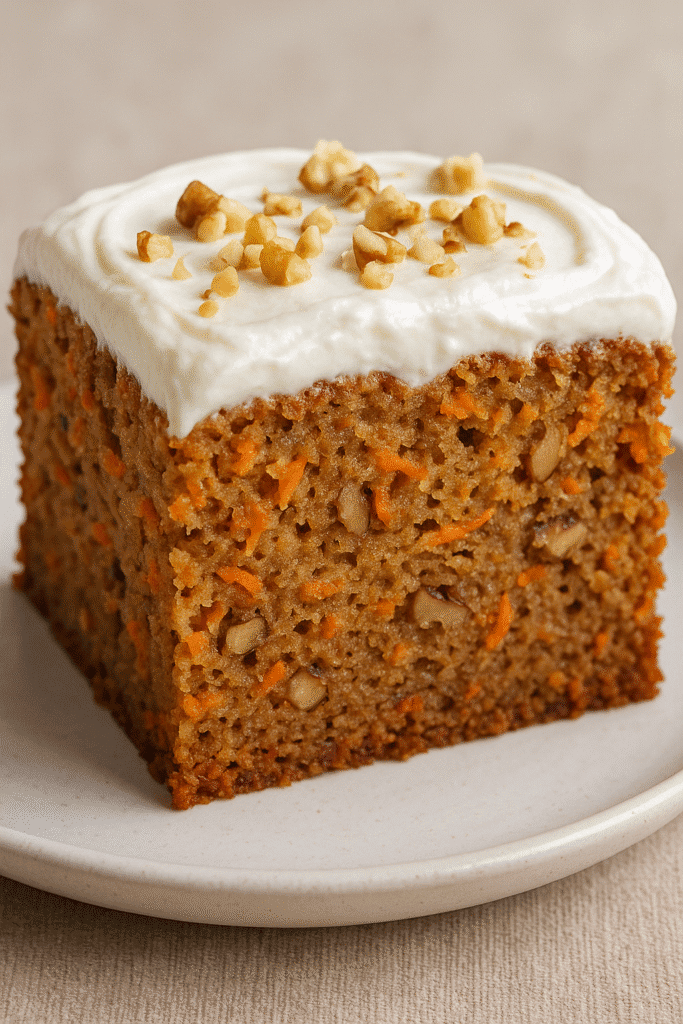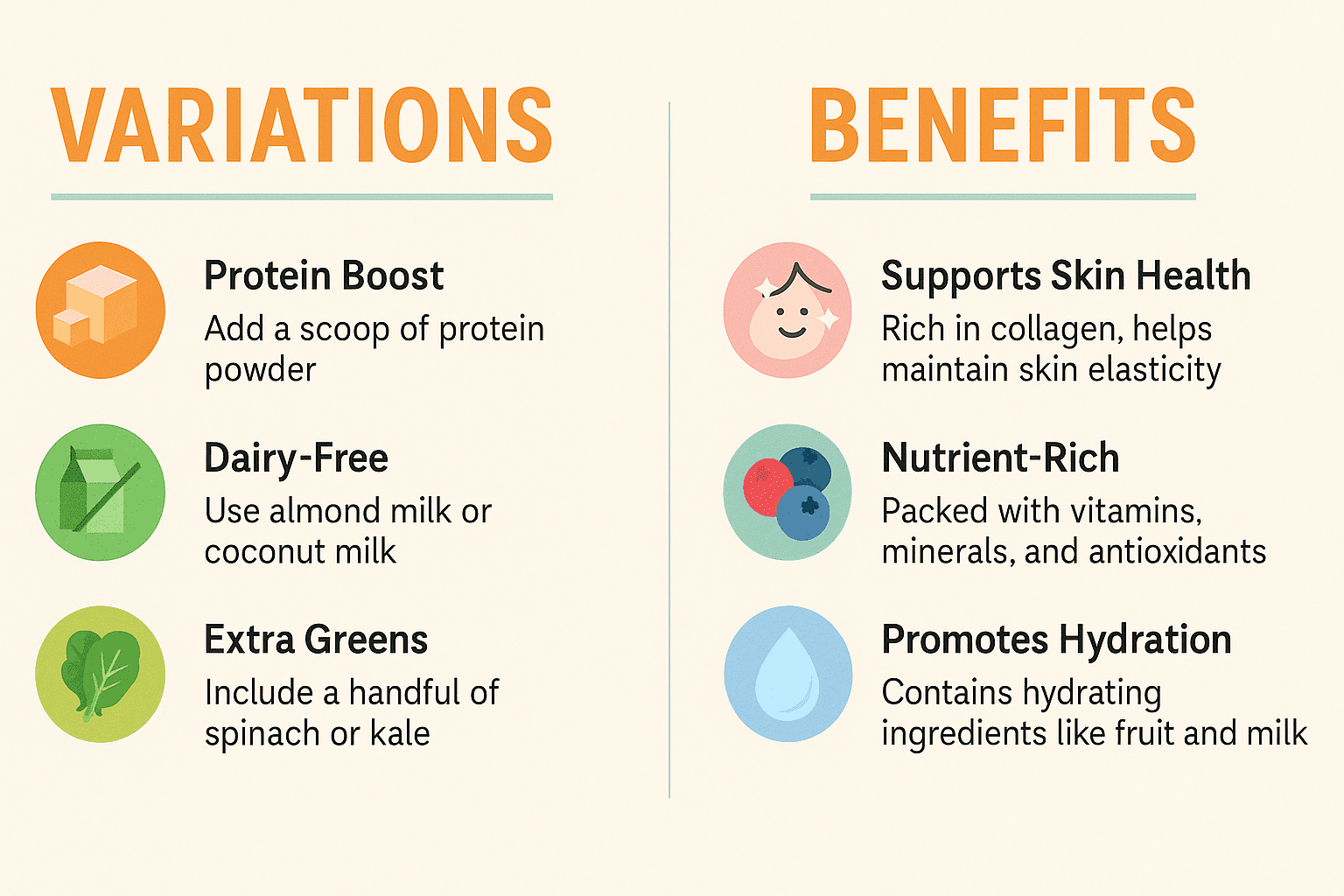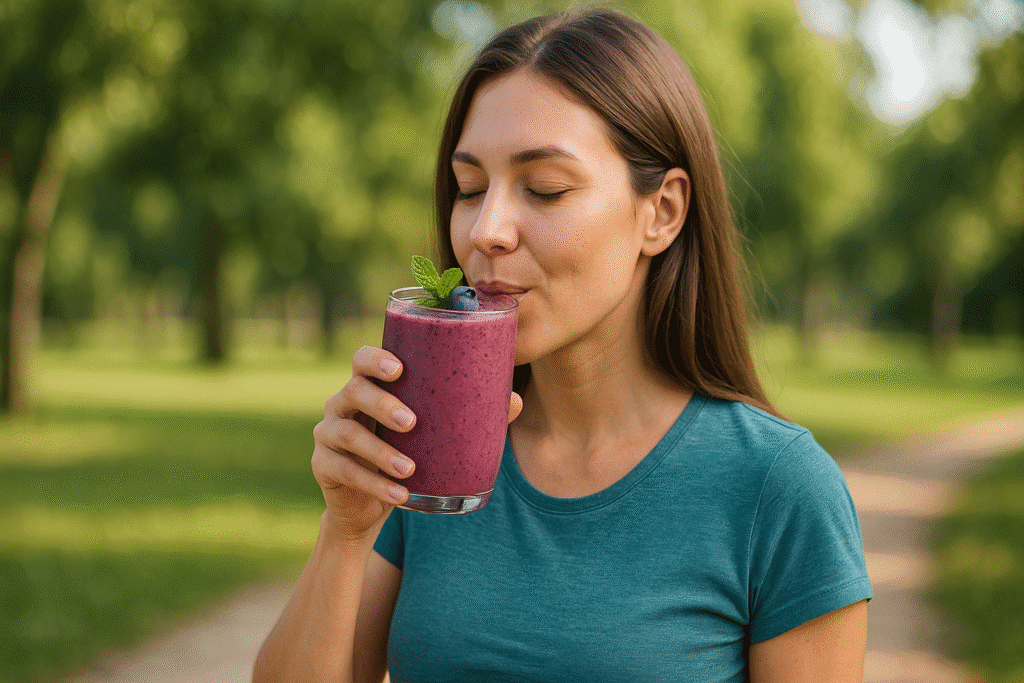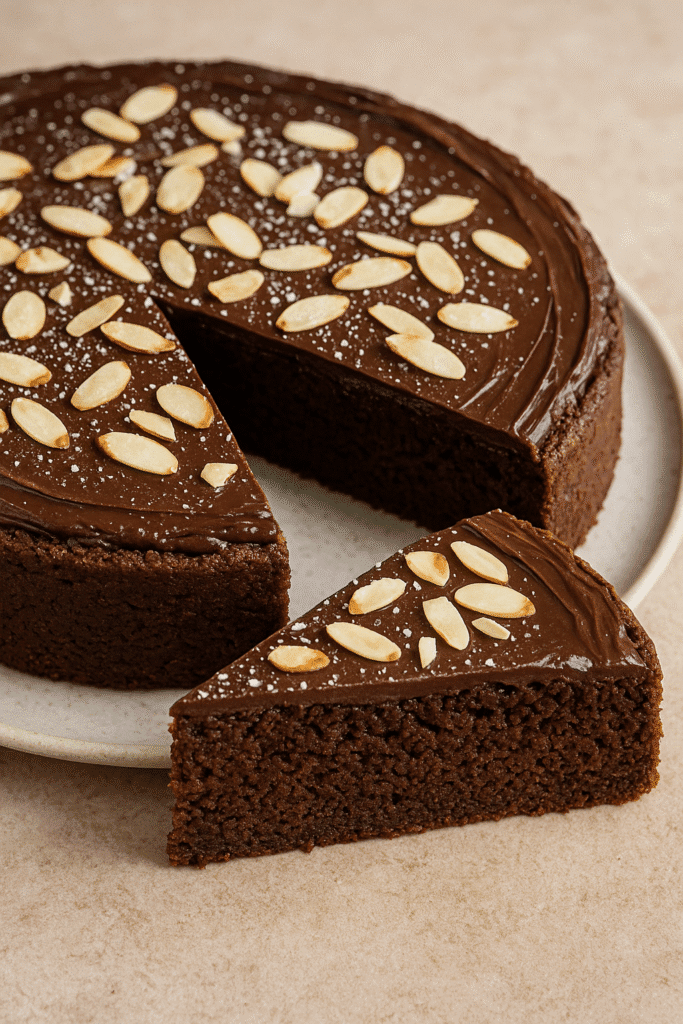This kefir smoothie is more than just delicious—it’s a daily ritual for better digestion, natural energy, and a balanced gut microbiome. Discover how a simple kefir smoothie can help transform your health from the inside out.

Kefir Smoothie Your Gut Will Thank You For
Gut health is more than just a trend—it’s at the core of how we feel, function, and even think. From immunity to digestion to mental clarity, your gut plays a key role in daily wellness. And one of the simplest (and tastiest) ways to support it is by sipping on a kefir smoothie packed with probiotics, fiber, and natural goodness.
Unlike sugary store-bought blends or overly complicated recipes, this smoothie is refreshingly simple. It uses kefir—a fermented milk rich in live cultures—blended with banana, seeds, and a few easy additions to make it both healing and satisfying. Whether you’re looking to reset your digestion or just start your day with something lighter and smarter, this smoothie is a smart, delicious move.
Best of all, it only takes minutes to make and can be endlessly customized. Let’s dive into how to make this gut-friendly treat and all the benefits it delivers.

Time to Prepare
5 minutes
Time to Blend
1–2 minutes
Ingredients For kefir smoothie
- 1 cup plain unsweetened kefir (dairy or coconut-based)
- 1 ripe banana (fresh or frozen)
- 1 tablespoon ground flaxseeds or chia seeds
- ½ teaspoon cinnamon (optional)
- 1 teaspoon raw honey or maple syrup (optional)
- 1 scoop collagen powder (optional for extra protein)
- ½ cup ice (optional, for thicker texture)
- Optional toppings: hemp seeds, sliced banana, or shredded coconut
Instructions For kefir smoothie
- Add kefir to the blender as your base.
- Slice and add the banana, then sprinkle in flaxseeds or chia.
- Add cinnamon, sweetener, and any optional extras.
- Toss in a handful of ice for a cold, thick texture.
- Blend on high for 45–60 seconds or until smooth.
- Pour into a tall glass and top with your favorite garnish.
Benefits of This Kefir Smoothie
🧠 Supports Gut Health
This recipe may be simple, but it’s packed with powerful benefits that make it ideal for daily sipping.
🧠 Supports Gut Health
Kefir is a natural source of probiotics—live bacteria that help balance your gut microbiome. A balanced gut supports digestion, regularity, and reduced bloating. Unlike yogurt, kefir contains a broader range of beneficial bacteria and yeasts, giving it an edge when it comes to repopulating your gut with friendly microbes.
💪 Boosts Immunity
A healthy gut is closely linked to a strong immune system. The live cultures in kefir help defend against harmful pathogens and support immune response. When your gut lining is healthy, it’s better able to act as a protective barrier, reducing inflammation and preventing harmful substances from entering the bloodstream.
🍌 Natural Energy & Satiety
Banana provides natural sweetness and carbs for energy, while seeds deliver fiber and omega-3s to help you feel full longer. The protein from kefir and added collagen also supports muscle repair and sustained energy throughout your day, making it a great pre- or post-workout option.
🌿 Gentle Detox & Digestion
Flaxseeds or chia help support digestion by adding bulk and feeding healthy gut bacteria. These seeds are rich in soluble fiber, which slows digestion and encourages nutrient absorption. Their mild laxative effect can also aid in keeping your digestive system regular.
🌞 Skin & Mood Benefits Of A kefir smoothie
Did you know your gut health affects your skin and mood? A balanced gut microbiome supports nutrient absorption, which is crucial for glowing skin and balanced hormones. The probiotics in kefir can also influence the gut-brain axis, helping to regulate mood and stress levels.
Variations To A kefir smoothie
| Goal | Ingredient Swap or Addition |
|---|---|
| Vegan-Friendly | Use coconut kefir and maple syrup |
| Low-Sugar | Skip sweetener and use green banana |
| Protein Boost | Add collagen or plant-based protein powder |
| Anti-Inflammatory | Add turmeric and ginger with black pepper |
| Berry Flavor | Add ½ cup blueberries or strawberries |
| Tropical Twist | Add pineapple or mango chunks |
| Green Detox | Blend in a handful of spinach or kale |
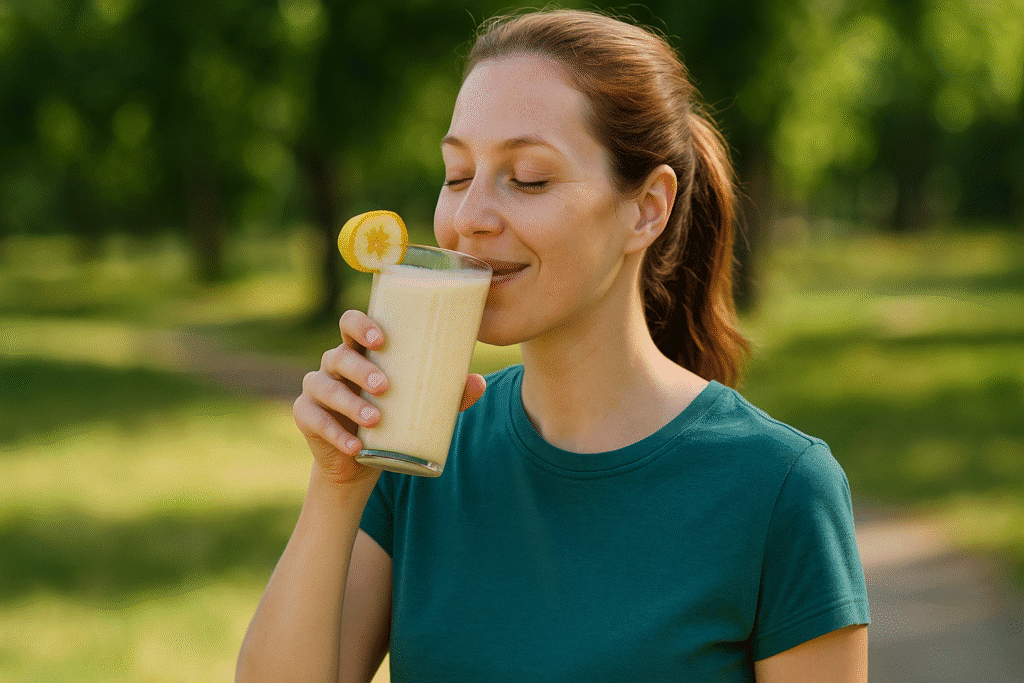
Variations
| Goal | Ingredient Swap or Addition |
|---|---|
| Vegan-Friendly | Use coconut kefir and maple syrup |
| Low-Sugar | Skip sweetener and use green banana |
| Protein Boost | Add collagen or plant-based protein powder |
| Anti-Inflammatory | Add turmeric and ginger with black pepper |
| Berry Flavor | Add ½ cup blueberries or strawberries |
Frequently Asked Questions (FAQs)
Q: Can I drink kefir smoothies every day?
Q: Can I drink kefir smoothies every day?
A: Yes! Kefir is generally safe for daily consumption and can actually help improve digestion over time. Start slow if you’re new to fermented foods to let your gut adjust.
Q: Can I use flavored kefir instead of plain?
A: You can, but check the label. Many flavored kefirs contain added sugars and flavorings. Plain kefir gives you full control over taste and nutrition.
Q: What’s the best time to drink a kefir smoothie?
A: Many people enjoy it in the morning to kickstart digestion and energy, but it’s also great as a mid-afternoon snack or a light dinner if you’re looking to reduce bloat.
Q: How long does the smoothie last in the fridge?
A: Ideally, drink it fresh. But if you need to store it, keep it in a sealed jar for up to 24 hours. Just shake or stir before drinking, as separation may occur.
Final Thoughts
Your gut does a lot for you—so why not show it some love back? This kefir smoothie is one of the easiest ways to support digestion, boost your microbiome, and feel your best, all without sacrificing taste. With only a few ingredients and endless customization options, it’s the perfect daily ritual for glowing from the inside out.
Incorporating fermented foods like kefir into your lifestyle doesn’t have to be complicated. This smoothie is fast, flexible, and full of functional ingredients that work in harmony with your body. Whether you’re chasing gut health, clearer skin, better energy—or all three—this smoothie has your back.
Try this recipe once and you may never go back to store-bought blends again. Your gut (and taste buds) will thank you.
References
- Cleveland Clinic – What You Should Know About Your Gut Health
- Harvard T.H. Chan – Fermented foods for better gut health
- NIH – The Gut Microbiome and Its Role in Health and Disease
Recent Posts

